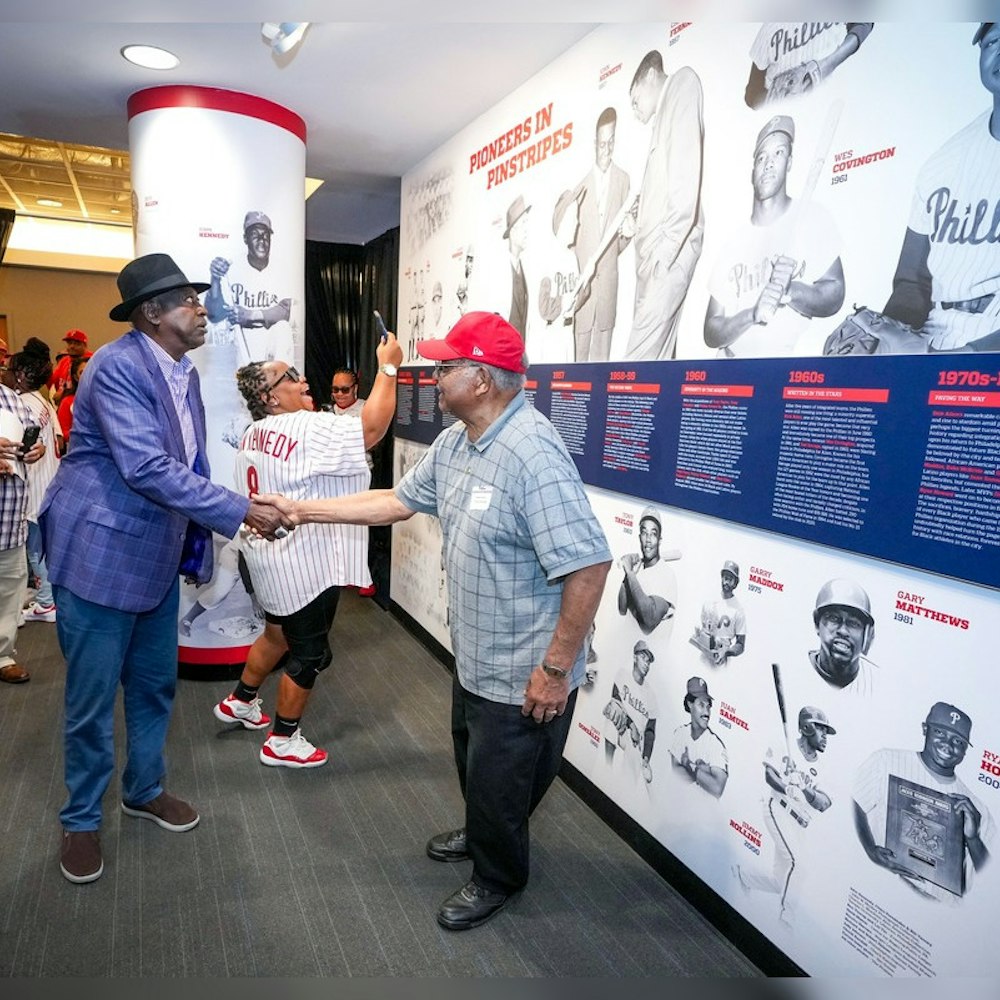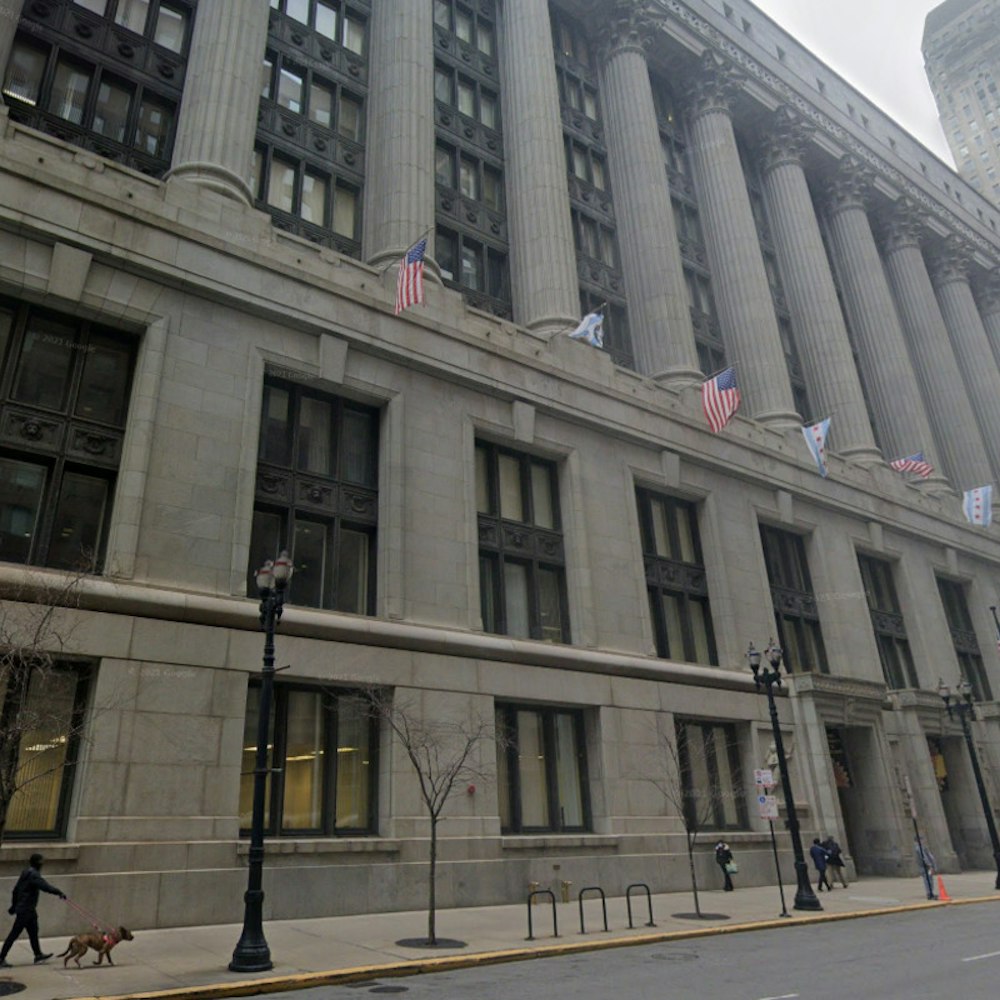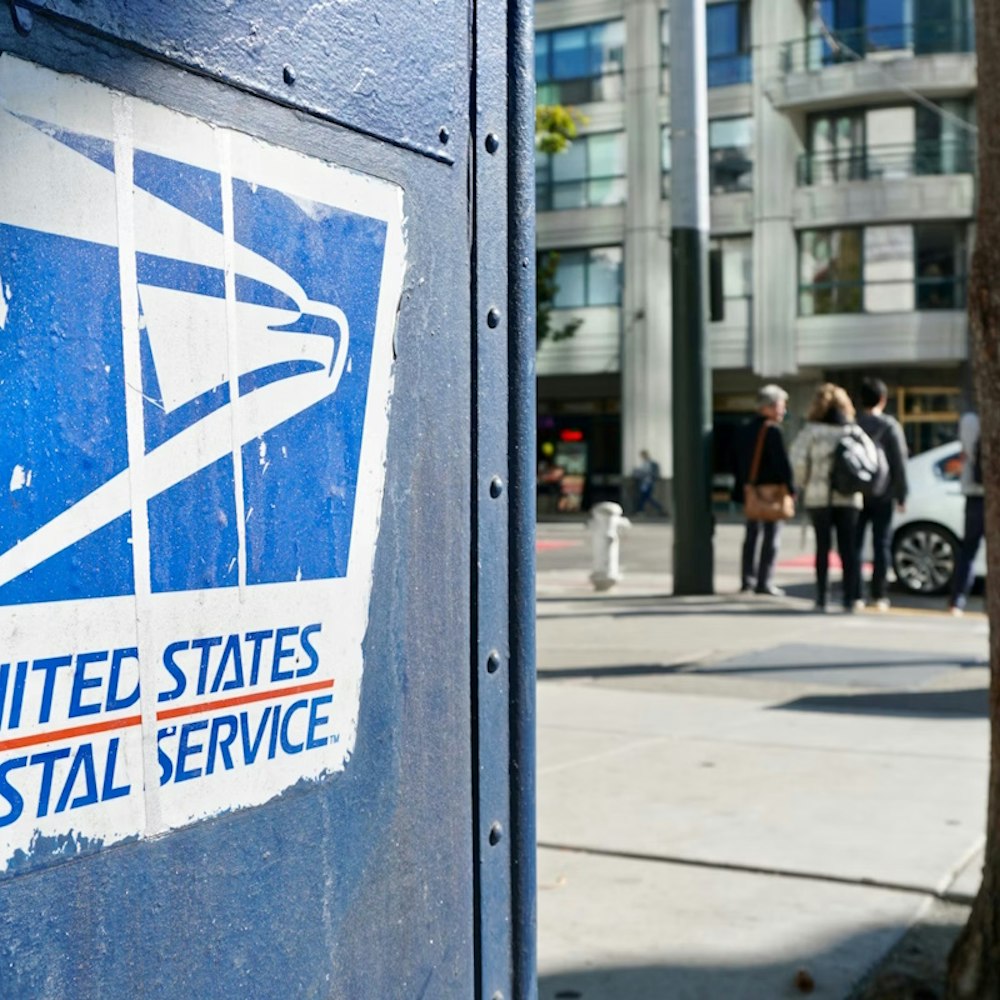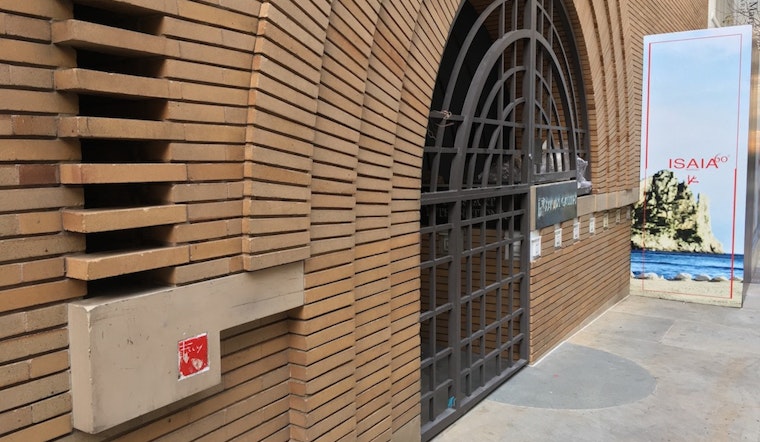
You don’t need to travel to New York’s Guggenheim Museum to see an iconic spiral ramp designed by Frank Lloyd Wright.
The famed architect tucked away an earlier, smaller-scale version inside his only building in San Francisco: the V.C. Morris gift shop at 140 Maiden Lane, just off of Union Square. Renovated by Wright in 1949, the building is currently vacant, but it's set to receive a restoration and retrofit for upcoming menswear tenant Isaia.
Though it's considered one of Wright's finer buildings, the Morris building is easy to miss—its façade is a mostly featureless brick rectangle. But inside, generations of tenants have adapted their wares to showcase the elegant swoop of Wright's ramp.
Keep The Security Deposit
Wright's midcentury contribution was not a new structure, but a complete remodel of V.C. Morris, a silver, glassware, and fine housewares store that was popular for wedding gifts.
Owners Vere and Lillian Morris had moved their store there in the late 1930s, but remarkably, they did not own the building—they commissioned Wright to do the remodel as a tenant improvement.
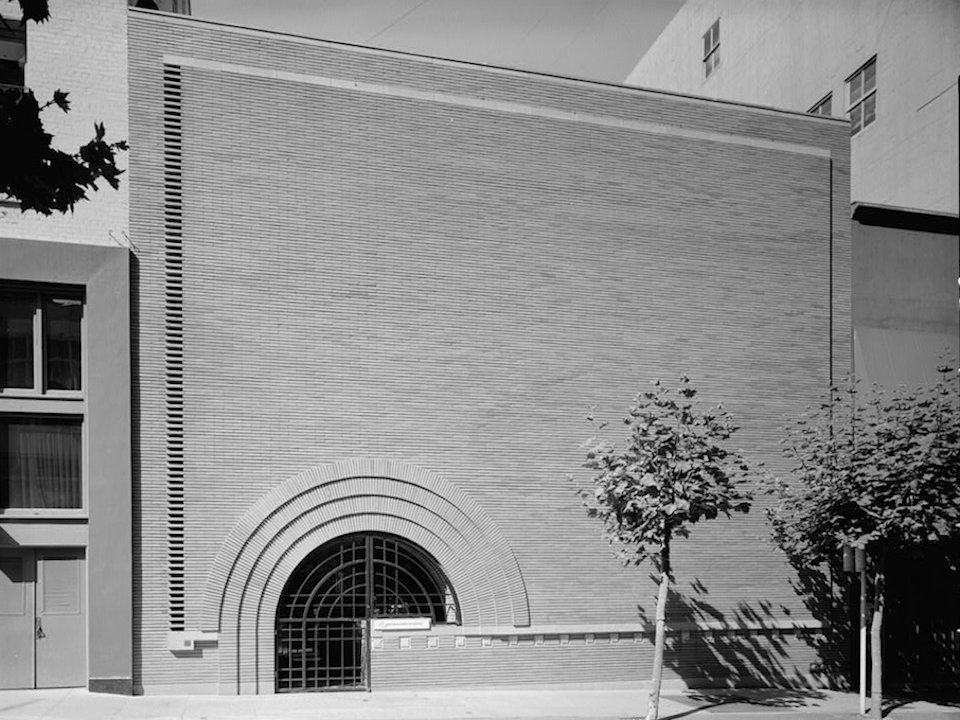
Through the arched entry and tunnel, which Wright likened to a “mousetrap” for customers, lies an open two-story retail space, highlighted by the spiraling ramp.
The interior is lit from above through a large roof skylight, which diffuses sunshine through a ceiling of domed white Plexiglass circles.
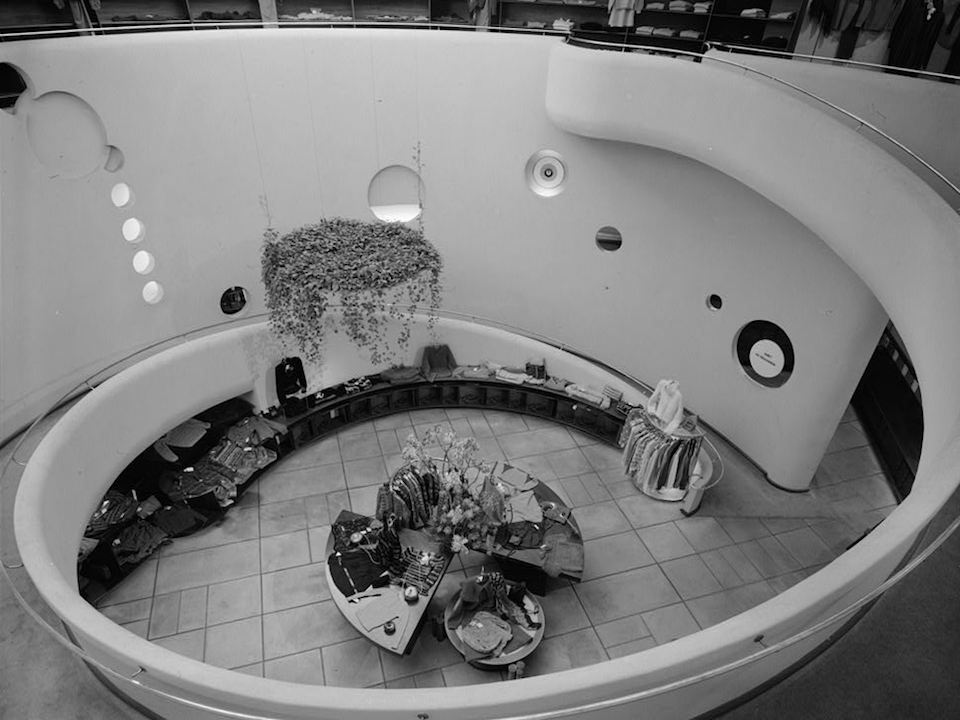
Decades of Retail
The Morrises’ gift shop operated until Lillian’s death in 1959. (Wright himself died earlier the same year.) In the subsequent decades, a number of tenants occupied the space, including silversmith Allan Adler in the 1960s and women's fashion boutique Helga Howie in the late 1970s and early 1980s.
In 1997, gallerist and real estate investor Raymond Handley bought 140 Maiden Lane for about $1.6m. He and his then-partner (and later wife) Marsha Vargas Handley began readying the space for their business, Xanadu Gallery, which showcased art and antiques from around the world.
"[We] had almost a year of doing work on the building," Marsha Handley, who retired in 2015, told Hoodline. As a rental building, "it hadn’t been maintained in the manner that it should have been, so we tried to restore it in as close to original condition as would be workable."
The pair had some help from Aaron Green, the Wright associate who had worked on the building a half-century before. At the time, Green was in his 90s, but still doing business locally.
The building had a few peccadilloes, said Handley. "[Wright] was a fabulous architect, but he didn’t really worry too much about practical details."
Most notably, the tube lighting that had been installed above the globed ceiling began to go out, and "we had to figure out how to get to it without removing the whole ceiling," she said. It took days to change every bulb, using the longest-lasting lighting the Handleys could find.
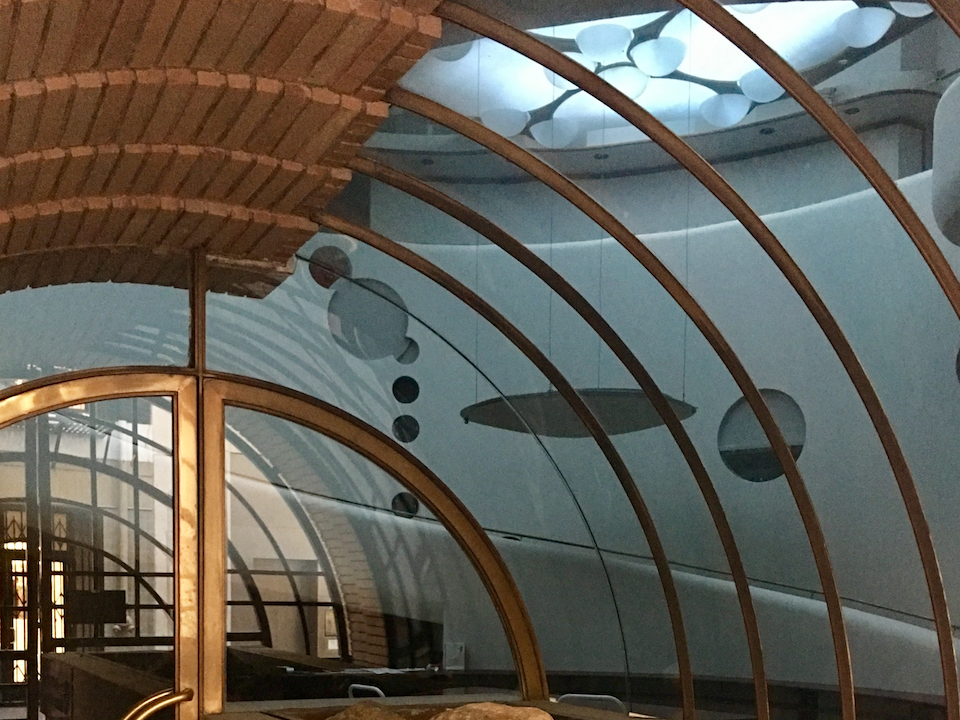
Design Synergy And The Future
Handley closed Xanadu Gallery in 2015, selling 140 Maiden Lane to Goodwin Gaw’s Downtown Properties.
Gaw owns a number of historic buildings in San Francisco, and Handley said she saw him as a kindred spirit. "As he said, the building itself was a work of art.”
Several potential tenants, including a few restaurants, were in talks to lease 140 Maiden Lane, which prompted the city’s Historic Preservation Commission to take the rare step of landmarking the interior in 2016.
The exterior has been a listed landmark since 1975—when a cheeky city preservationist scored Wright only a 4 out of 5 in the “unique visual feature of interest” category.
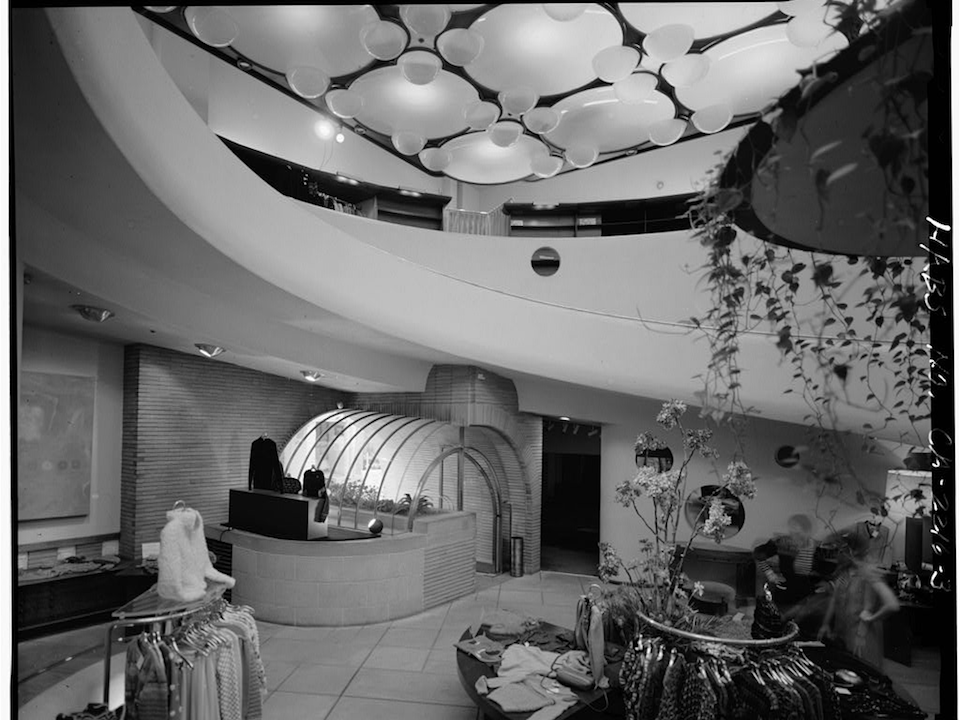
Plans are now moving forward for new tenant Isaia, a high-end Italian menswear shop founded in 1920. San Francisco will be the third US. location for the brand, which sells suiting and other Neapolitan apparel.
“They have a product that fits very well into that space," says local architect Steve Lochte, who has been tapped to design the Isaia buildout. "Apparel works pretty well because it can be displayed on freestanding fixtures, so you’re not having to attach anything to the wall.”
The building's historic status will prevent many modifications, so Lochte plans to shift focus to other aspects of branding.
“Color is a big thing with [Isaia]," he said. "The color’s going to come into the space through upholstery ... they have area rugs they’re going to put down in the space. They’re going to add their splashes of color and identity ... through displays, props, and furnishings.”
And two decades after the Handleys tussled with the ceiling, Lochte hopes to solve it for good, replacing the fluorescent lighting with LEDs.
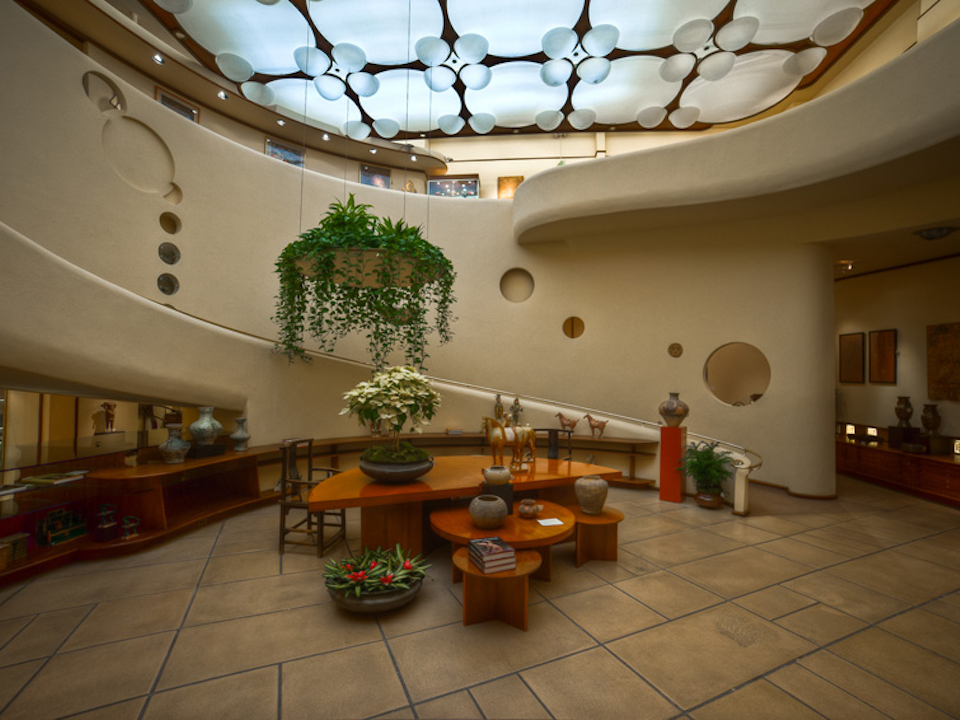
Lochte has decades of experience working with historic spaces in and around Union Square’s preservation district, but even he considers working on the V.C. Morris shop as a special treat.
“I've wanted to be an architect since I was 10 years old, and I think Frank Lloyd Wright was the first major architect that I became knowledgeable of," he said. "I always loved his work, and it’s easy for me to talk with my clients and impress on them the importance of this building. I think they get how cool and interesting the space is.”
The store buildout is still working its way through city permitting, and Isaia has not yet made an official announcement on an opening. But with a bit of luck, San Francisco won't have to wait much longer before our spiral Wright gem is once again open to the public.
We'll keep you posted on when 140 Maiden Lane will reopen. Want to learn more about Wright’s Bay Area work in the meantime? Check out Paul V. Turner’s recent book Frank Lloyd Wright and San Francisco.
